I’ve noticed that quite a few aircraft designs often come with the whole cowling, or at least the center portion of it painted black. Usually not in a way that matches the rest of the livery.
A quick inventory of aircraft often found painted like this:
- Jodel
- Saab 91 Safir
- PA-28-161 Cadet
- Tecnam P92 (early models like the J on this Wiki https://en.wikipedia.org/wiki/Tecnam_P92#/media/File:Tecnam_P92_(9H-ADU).jpg )
- Cessna 150/152 (some, but most not)
Is this simply (ugly?) livery design or does it have a practical use, such as heat retention (the sun heating the engine of an a/c parked outside) or reduction of glare from a cowling that would otherwise be painted bright and shiny? If there is a practical reason, why doesn’t everybody do it? 
Edit: One further reflection of mine is that the design seems most common with three-piece top-cowlings of the kind where the sides open on hinges, as opposed to the whole top-cowling coming of using quick-fasten “screws” with only small hatches for regular access to the oil dipstick.
School busses in the USA do that same thing. It’s to reduce glare supposedly.
I’m not sure why, but it does look smart on the D150 Jodel. I found a D150 project for my avionics guy, but he’s not painting that black top cowling on it. I love the way the Jodel aircraft have RV cult like status.
I’m sure someone will be along with the logic behind it soon…
I think the original idea was to prevent blinding reflections on otherwise unpainted aluminum military aircraft, where the plane was otherwise very reflective. Some examples here from the 30s through 50s.
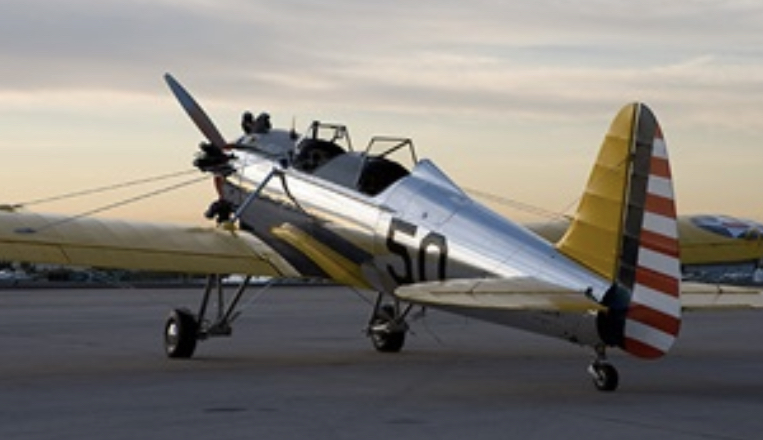
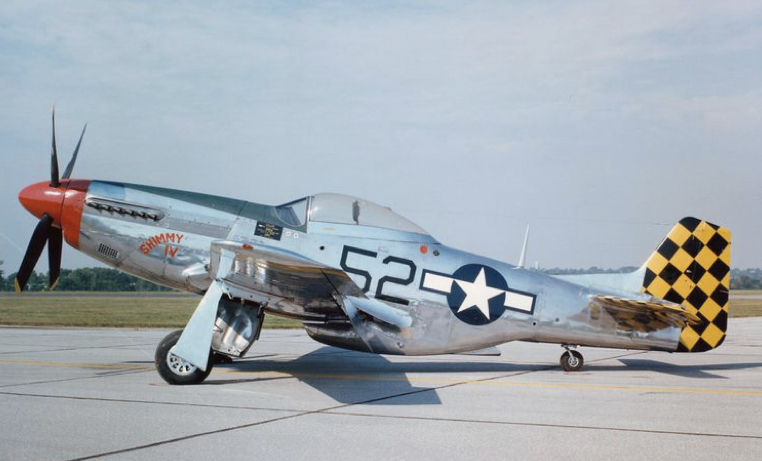

1970s painted stuff adopted the matte black accents, to look as serious as previous military aircraft. Racing cars started that first, in terms of it being a styling statement on otherwise painted vehicles. These are favorites of mine from that era.
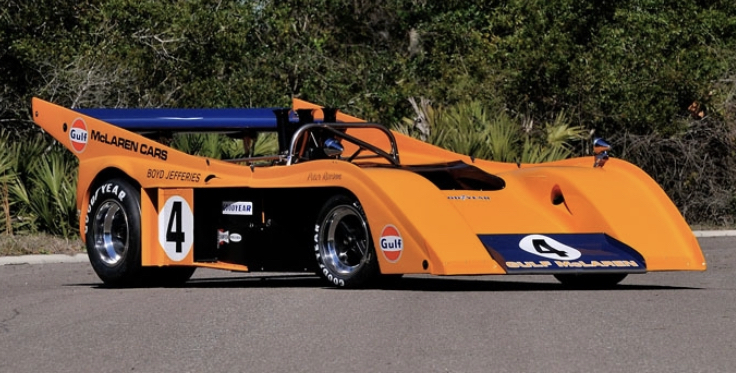
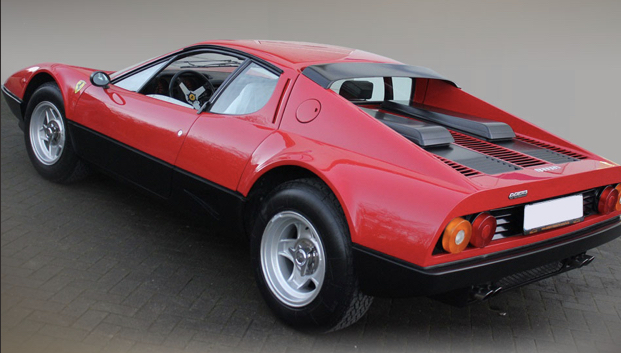
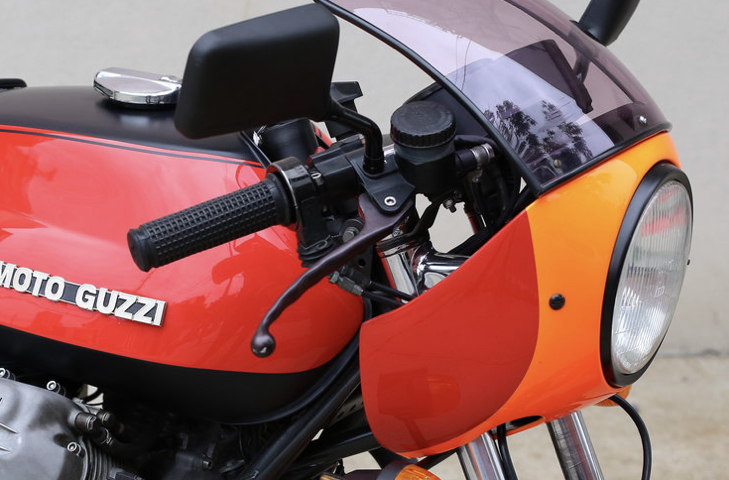
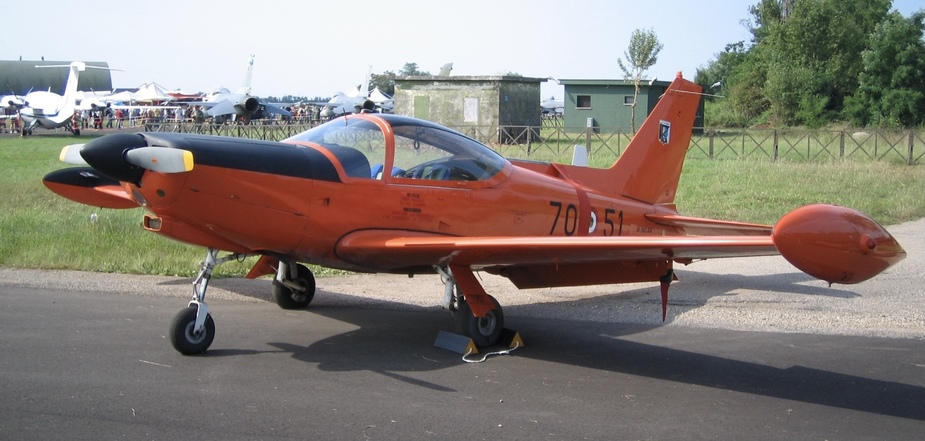
I think over time it became industrial design, even in the case of the military Marchetti that I’d say came from the same styling school as the Ferrari and Guzzi. That’s my answer to the OP’s question.
A little later the matte black thing almost disappeared, although the Tecnam sticks with styling tradition. It makes their small planes look a little more serious. Functional or not, I personally like it 
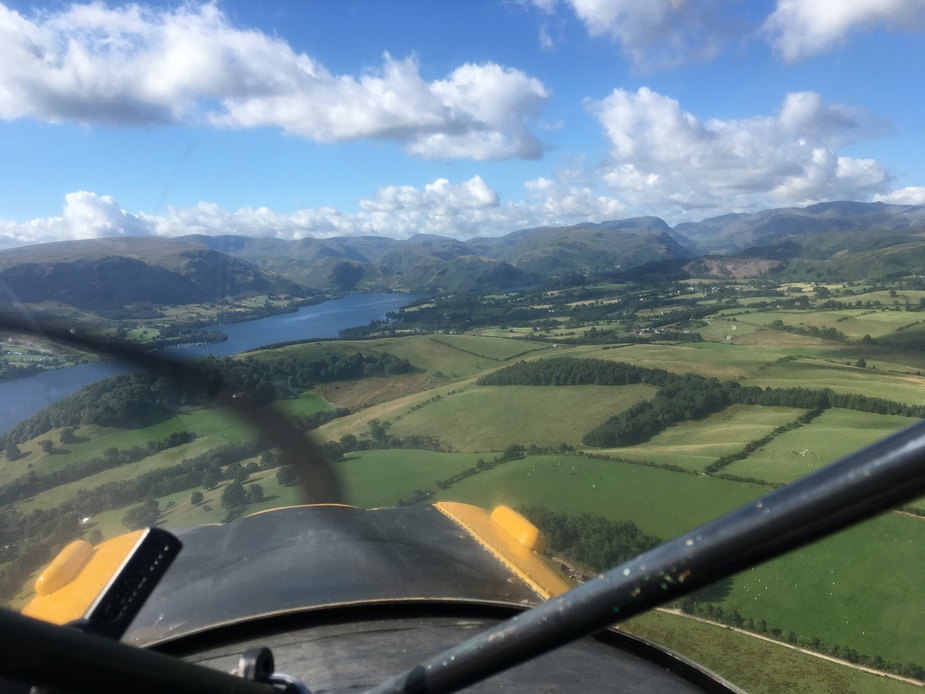
The trusty early mil-spec Super Cub :)
Thanks everyone, especially Silvaire for a comprehensive answer. I knew I had seen it somewhere else. Sports cars duh! 
I would imagine it is also to aid heat loss during engine operation and to aid heating of cold engines on cold sunny mornings.
I would think black reduces reflections, but the white on the TB20 one I have doesn’t reflect anyway. It might however reduce tiredness over a long time; bright objects in one’s field of view do make one more tired.
Against this you have the requirement for composite structures to be white, to prevent excessive heating by the sun when not flying. So most composite planes are all-white.
Dark objects radiate heat better but they also absorb more. And fibreglass has a poor thermal conductivity so I would not be sure whether a black cowling would be better than a white one when it comes to dissipating engine heat. And in flight this will be irrelevant anyway since almost anything will be really close to the OAT.
Besides, black is cool 